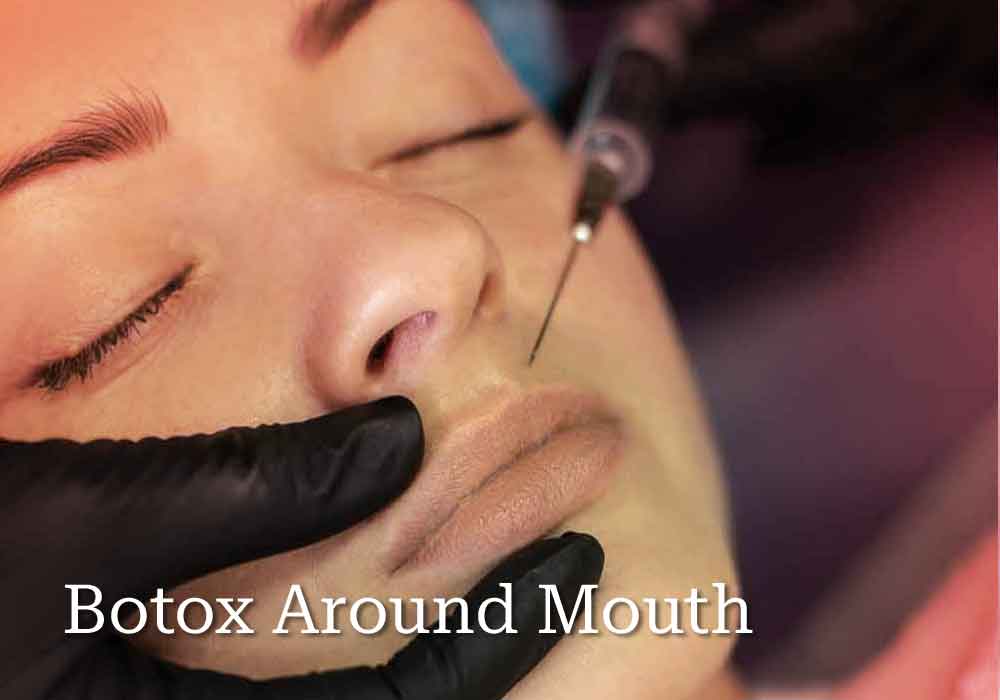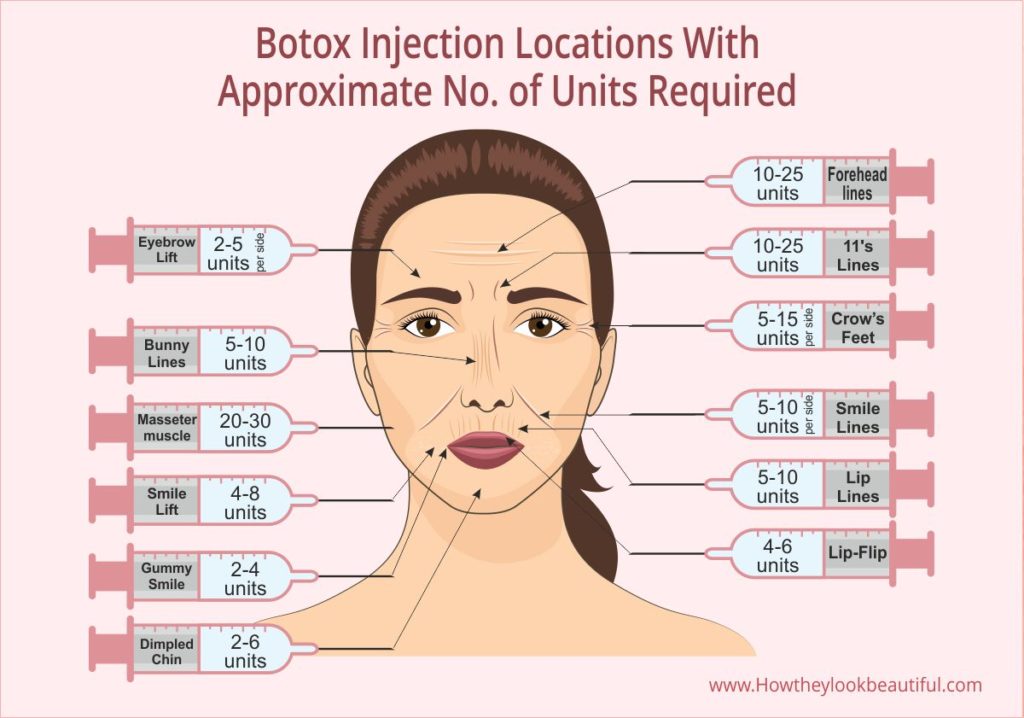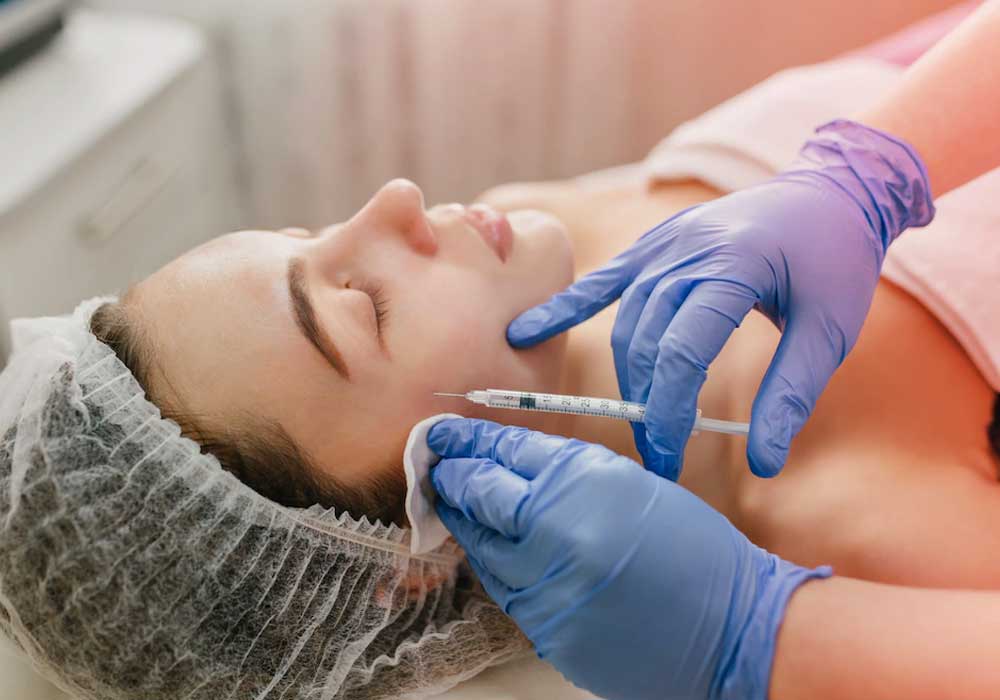Botox around mouth is used to treat wrinkles, frown lines, and other expressions of facial muscle tension. Botox injections are given in the muscles around mouth. The drug is safe and effective when used under the guidance of a healthcare professional and is more useful in treating areas where wrinkles result from muscle looseness rather than diminished volume where facial fillers may be used.
- Does Botox Remove Wrinkles Around Mouth?
- What Exactly is Botox And How Does it Work?
- Best places to get botox on face
- Botox for Frown Lines
- Can Botox Help a Downturned Mouth?
- What is Botox Lip Flip?
- Botox for Lip Lines
- Will Botox Work for Smile Lines?
- Botox Treatment for Resting Bitch Face
- Can Botox Get Rid of Gummy Smile?
- What is Masseter Botox?
- Botox for Dimpled Chin
- Botox for Cupid's Bow
- Botox for Brow Lift
- Botox Before and After Photos
- Botox vs Hyaluronic Acid Fillers
- Can I Administer Botox at Home?
- Can I Self-inject Hyaluronic Acid Fillers?
- When Does Botox Kick In?
- Side Effects of Botox
- What Happens After Years of Botox Use?
- How Many Units of Botox Should I Expect Around Mouth?
- Is Botox Worth the Money?
- Can You Stop Botox Once You Start?
- At What Age Should You Get Botox?
- Preventative Botox Treatment
- Does Botox Work on 70 Year Olds?
- Frequently Asked Questions
- Conclusion
Does Botox Remove Wrinkles Around Mouth?
Yes, Botox is a very popular cosmetic treatment that helps in eliminating wrinkles around the mouth. Botox works by blocking the nerve signals that cause muscle movement, as a result, the wrinkles around the mouth are reduced or eliminated. It is beneficial in avoiding wrinkles like smile lines, frown lines, and lines on the top lip and helps in combating Resting Bitch Face.
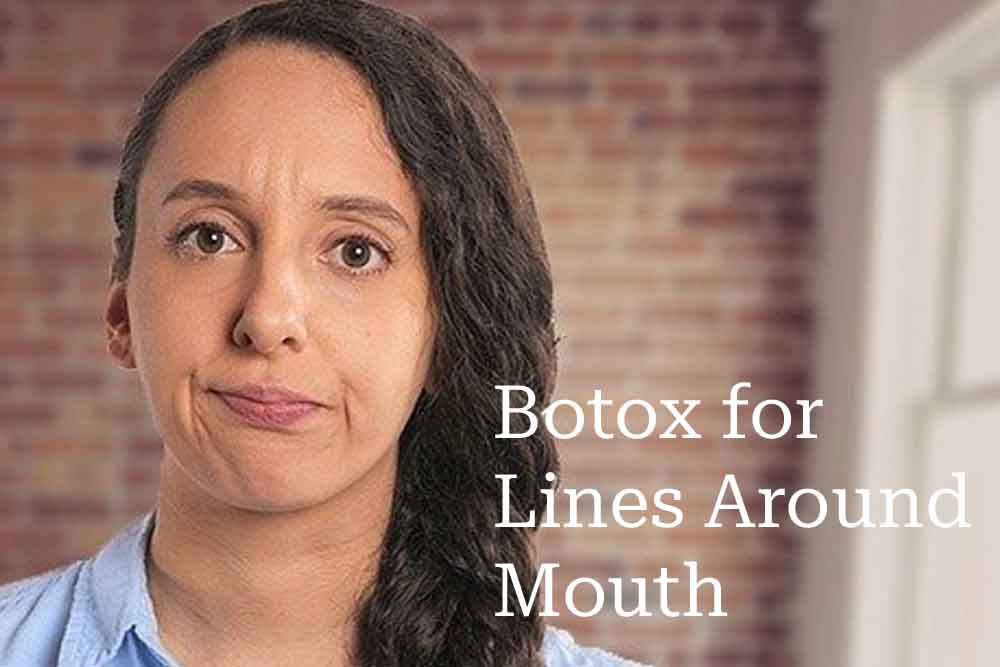
What Exactly is Botox And How Does it Work?
Botox is the brand name for a group of medicines called neurotoxins. These medicines are made from a purified toxin called botulinum toxin.
Botox, when injected into the muscles of the face, temporarily paralyzes them. Botox injections are not permanent and the effects last from 3 to 4 months, and then gradually wear off. Botox is injected into the skin and causes the muscles to relax near the injection site. This reduction in muscle tension can result in a reduction or elimination of wrinkles or fix other expressions on the face. The most common areas where Botox is used are around the eyes, forehead, and around the mouth.
63% of procedures performed on US women in 2021 include neurotoxins (Botox) and fillers (57 percent). So Botox is the most popular treatment done in US spas to smooth wrinkles and lines.
Botox is often used in combination with other treatments, such as fillers, to achieve the best results.
Best places to get botox on face
There are many places on your face you can get Botox done. The most common place is in between the eyebrows, which is also known as the 11’s Lines or Frown Lines. This area is responsible for wrinkles that occur when you furrow your brows. Other popular areas include the forehead, crow’s feet around the eyes, and around mouth.

Botox for Frown Lines
Frown lines are wrinkles that form in the skin between the eyebrows. Also known as Glabellar lines or Angry 11s, frown lines can make you look older, tired, look angry, or sad, even when you’re not. These lines are caused by repetitive facial expressions and are one of the most common signs of aging. Botox injected between the eyes works by temporarily paralyzing the muscles that cause these wrinkles. Botox injections relax the muscles in frown lines and smooth out the skin. Most people see results within a week of treatment. The results typically last for 3-4 months. You will need 10-25 units of Botox for frown lines.
Botox is most effective on dynamic wrinkles, which are caused by muscle movements like frown lines, smile lines, and crow’s feet. static wrinkles, which are present even when your face is at rest, are less likely to respond to Botox injections. These may need dermal fillers.
Can Botox Help a Downturned Mouth?
Botox injections can be appropriate for people with their mouth corners naturally drooping at rest (downturned mouth). If you experience this at a young age, you may have overactive Depressant Anguli Oris (DAO) muscles. Botox can help to overcome this by lifting the corners of your mouth. This neuromodulator puts a temporary halt to the downward pulling action of the DAO muscle.
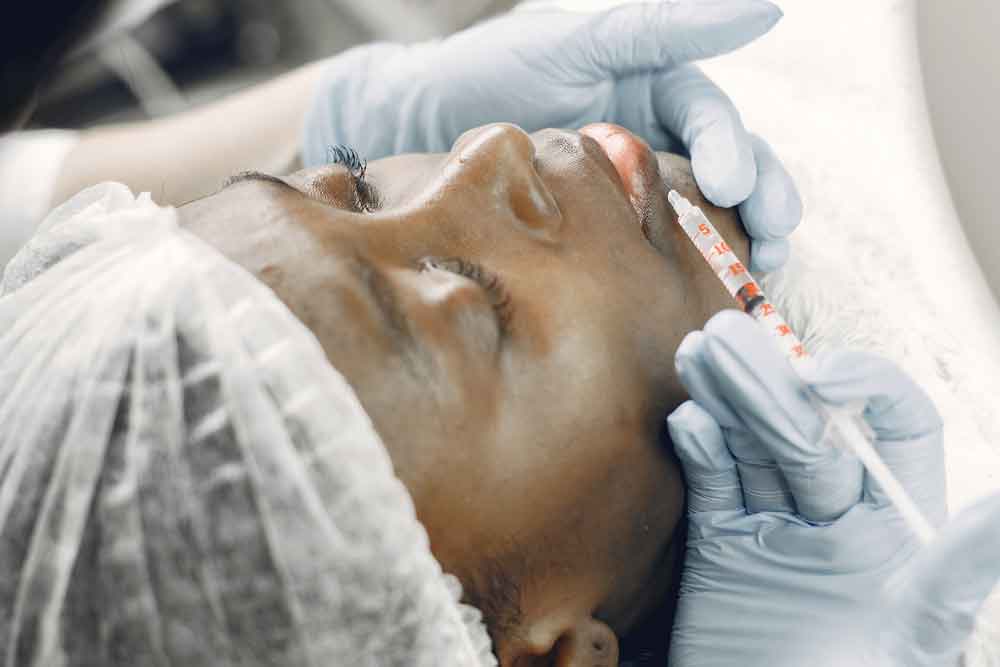
What is Botox Lip Flip?
Botox can be utilized to enhance the appearance of the upper lip and give them a fuller appearance. Botox injections can significantly enhance the upper lip to relax and roll upward, opening more of the top lip for better visibility when you smile. It is considered to be an alternative to lip fillers for those who just want a light improvement on their lips and who are looking for a more subtle improvement than fillers can provide.
Botox relaxes your lip muscles and prevents them from moving normally, so you may have difficulty doing some of these activities like spitting, whistling, and pronouncing certain words, drinking through a straw, rubbing your lips together.
Botox for Lip Lines
Lip lines, also known as smoker’s lines, are the fine wrinkles that appear around the lips. They are caused by a combination of factors, including sun damage, smoking, and repeated muscle contraction around the lips. Botox is a popular treatment for lip lines because it can temporarily relax the muscles that cause them. The results of Botox typically last for 3-4 months.
Will Botox Work for Smile Lines?
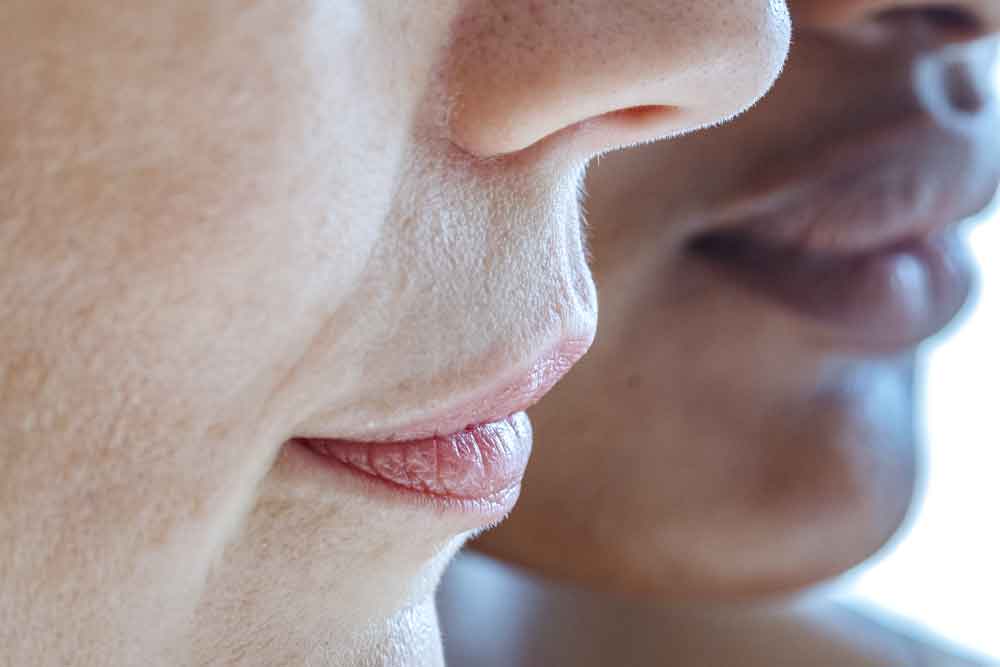
Smile lines (nasolabial folds) are the two folds that start to appear at the corners of your nose and end at the corners of your mouth. Your smile lines develop over time as your body produces less collagen and elastin as you age, the proteins that are needed for skin support and elasticity. In order to minimize or totally erase these smile lines or creases, it’s essential to restore your facial volume, which is where dermal filler injections come in handy.
Botox Treatment for Resting Bitch Face
What is Resting Bitch Face?

Resting bitch face is a term popularized in 2013 on social media after a comedy group “Broken People” uploaded a parody public service announcement video titled “Bitchy Resting Face” (BRF) on a website. It describes a patient with a facial expression that is characterized by a lack of emotion or interest in one’s surroundings. While its exact cause is unknown, experts believe that RBF may be caused by genetics or an individual’s personality. Some people may interpret RBF as unfriendliness or arrogance, but the truth is that most people who exhibit RBF are simply not interested in small talk or engaging with others in a forced manner.
How to Get Rid of Resting B Face?
Botox can be an excellent treatment for reducing Resting B Face. It is a quick, easy, and relatively painless procedure that can help you look and feel more pleasant.
Where to Inject Botox for RBF
10 to 15 units of Botox injections are given in the areas between the eyes and the areas at the corners of the mouth during the first treatment to treat the resting bitch face. Your doctor may call you for follow-up sessions if required for touch-ups after a few weeks. The combination of facial fillers (Hyaluronic Acid Fillers) and Relaxers like Botox is often the key to the successful treatment of RBF.
Can Botox Get Rid of Gummy Smile?
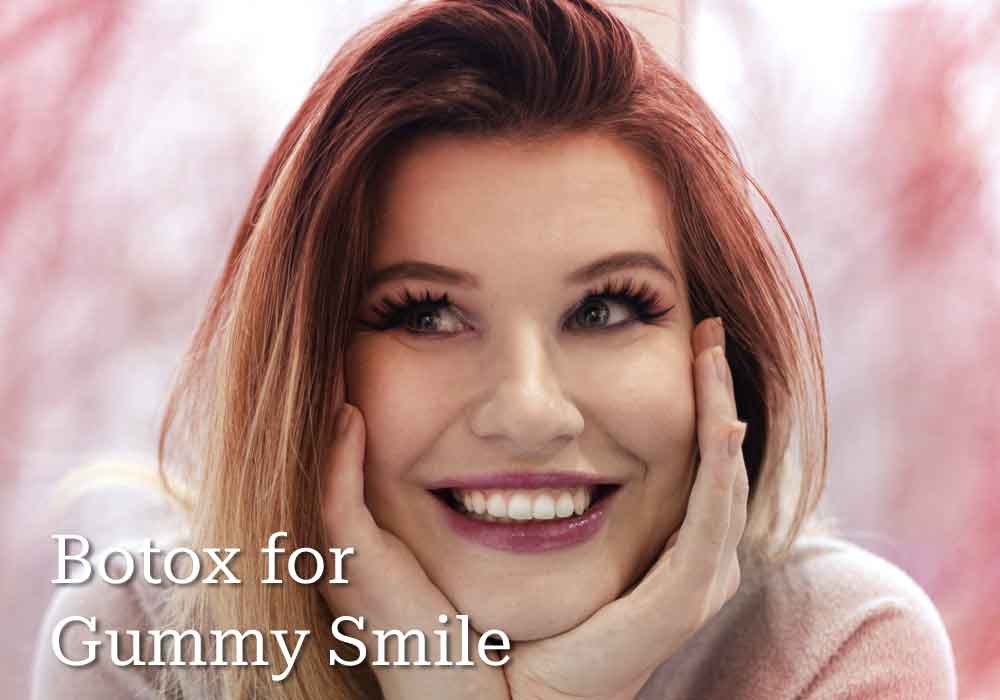
A gummy smile is an excess of gum tissue displayed when a person smiles. The excessive gum tissue can make teeth appear too small or the smile look “gummy”. Gummy smiles are often caused by overactive muscles in the upper lip which pull the lip up too high. In a gummy smile, muscle contractions pull up the corners of the mouth. Botox injections can help to weaken the muscles that cause a gummy smile and stop them from contracting.
What is Masseter Botox?
Masseter Botox (also called Jaw Botox) is a type of Botox treatment used on the muscles that connect your lower jaw to your face. The masseter muscle is one of the muscles involved in chewing. Usually, in patients who grind or clench their teeth, this muscle becomes enlarged and it may dramatically change your lower face’s contour by making it squarish in shape. Masseter Botox can make your face look longer and less saggy restoring proper proportions of your face. Botox injections can help to relax your Masseter muscles.
Botox procedure will not correct the lines and wrinkles caused by sun damage (photo aging).
Botox for Dimpled Chin
Having a dimpled chin has long been associated with attractiveness. In fact, many people believe that having a dimpled chin is a sign of beauty. but there are some people who think that dimples look silly or childish.
A dimpled chin is a chin that has a small indentation in the center. It is also sometimes called Freeman-Sheldon syndrome. It is caused by a shortening of the mentalis muscle, which is the muscle that extends from the lower lip to the chin. A dimple can also be caused by a genetic condition called cleft chin, which is a birth defect that occurs when the tissues of the jaw don’t fuse together properly.
Botox is a popular alternative to expensive surgery that can temporarily reduce the appearance of a dimpled chin. When injected into the chin, Botox relaxes the muscles that cause the dimpling. This can give the chin a smoother, more contoured appearance. It is also important to note that botox may not completely eliminate all dimpling, but it can greatly reduce its appearance.
Botox for Cupid’s Bow
A cupid’s bow is the dip in the center of the upper lip, named after the Roman god of love. Many people believe that having a well-defined cupid’s bow makes a person’s lips look more attractive and can give the upper lip a fuller, more youthful appearance. So it is a popular target for Botox injections.
When injected into Cupid’s Bow, botox can help lift and define the shape of the lips, giving them a fuller appearance. Additionally, botox can help soften the appearance of vertical lines around the mouth, known as smoker’s lines. By relaxing the muscles that cause these lines to form, botox can help give the lips a more youthful appearance.
Botox for Brow Lift
When it comes to a brow lift, botox can help to raise eyebrows and give the face a more alert, refreshed and youthful look. Botox is injected into the muscles that control the movement of your eyebrows and relaxes the muscles that pull the brow down and help to “lift” the brows into a more youthful position.
Where to inject botox for brow lift?
The best place to inject Botox for a brow lift is in the outermost part of your eyebrow called the orbicularis oculi near the temple. It’s important to avoid injecting too close to the eye, as this can cause vision problems.
Botox Before and After Photos
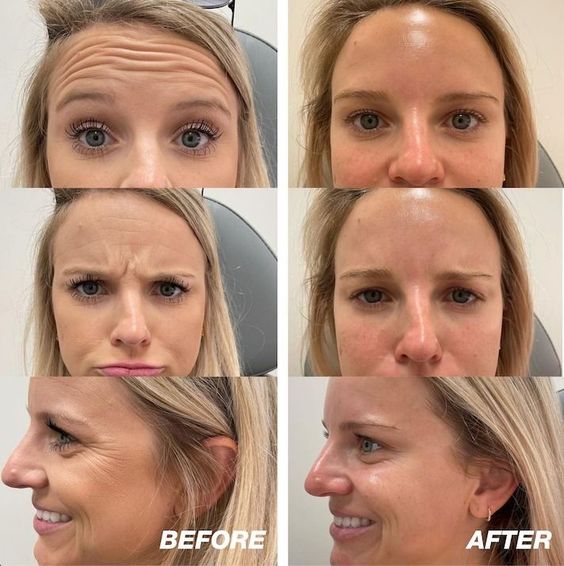
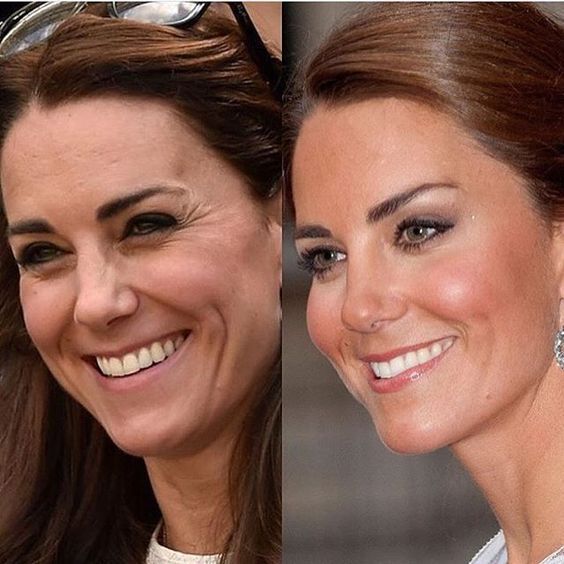
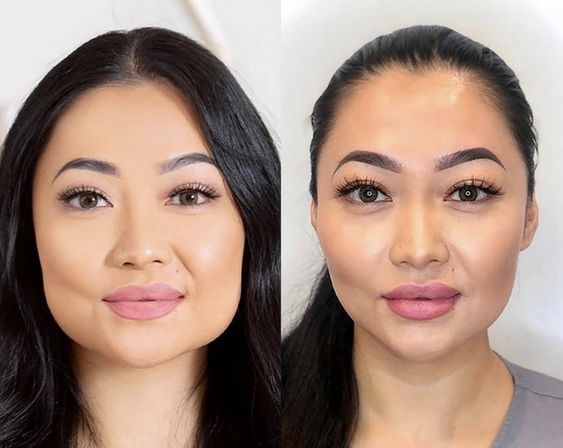
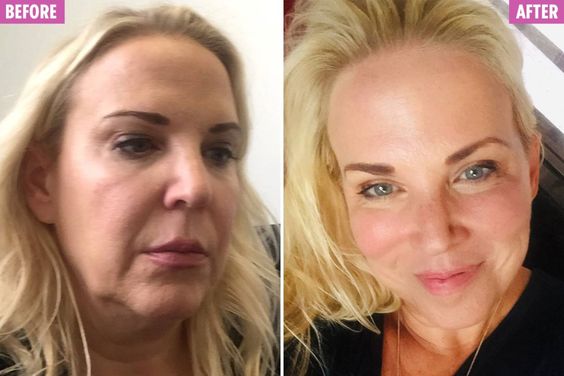
Botox vs Hyaluronic Acid Fillers
Botox freezes muscles to relieve lines and wrinkles due to facial expressions.
Dermal fillers (Hyaluronic Acid Fillers) give volume to plump areas. These include wrinkles around the mouth, thin lips, and cheeks that have lost fullness. Dermal fillers can also be used to fill in forehead wrinkles, scars, and other areas that need volume for a more youthful appearance.
Hyaluronic Acid is a naturally occurring substance in the body. It is also found in many pharmaceutical products and cosmetics, including Juvéderm (Restylane), Restylane Lyft, and Belotero. It gives skin a more youthful appearance. Hyaluronic acid injections are used to treat moderate to severe wrinkles and folds on the face, neck, and hands.
Can I Administer Botox at Home?
If you’re considering getting Botox, you may be wondering if you can administer it at home. The short answer is no. Botox is a prescription medication that must be administered by a trained medical professional.
There are several reasons why it’s important to have a medical professional administer Botox. First, they will be able to assess your individual needs and determine the proper dosage. Too much botox can cause problems such as paralysis or difficulty swallowing. Second, they have the experience and training to properly inject the medication. And finally, they can provide guidance and support if you experience any side effects from the treatment.
The results of botox injections can take a few days to show up. If you self-inject it and are not happy with the results, you will need to wait for the effects to wear off before you can try again and you may not know this and accidentally inject more amount of Botox causing undesirable serious results.
For these reasons, it is best to leave botox injections to professionals.
Can I Self-inject Hyaluronic Acid Fillers?
I must kindly warn you that self-injecting Hyaluronic acid, may lead to disappointing results. If you want to treat yourself with Hyaluronic acid, make sure that a sub-correction always looks better than an overcorrection.
When Does Botox Kick In?
When does Botox kick in? This is a question that many people ask when they are considering getting Botox treatment. It varies from person to person, but it typically takes between three and seven days for the full effects of Botox to be seen. Some people may see results as soon as two days after their treatment, while others may not see the full effects for up to two weeks. There are a number of factors that can influence how long it takes for Botox to work, including the individual’s age, skin type, and the area being treated.
Read a detailed article about this here – How Long Does it Take to See Botox Results? (With Timeline)
Side Effects of Botox
Excessive sweating of the palms and soles is a common side effect of Botox. This is known as palmar-plantar hyperhidrosis and is caused by the injection of excessive amounts of botulinum toxin. Botox has been linked to headaches and nausea. Side effects like temporary numbness, redness, or swelling may also be seen after Botox treatment. Be sure to talk to your doctor about the side effects of Botox around the mouth. Usually, Botox is a safe and effective way to reduce wrinkles around the mouth, but it is important to follow your doctor’s instructions carefully.
What Happens After Years of Botox Use?
Long-term side effects of Botox
Botox works by paralyzing muscle functions to stop signs of aging. Over time, it can eventually result in people experiencing a loss of muscle control and loss of strength in the muscles that have been injected with Botox. Repeated injections of Botox to a specific area in the body can ultimately result in complete paralysis of that muscle.
Long-term use of Botox may show that the toxins start to spread to surrounding tissues and this can be fatal. Although the spread of toxins has not been observed in cosmetic procedures yet, it sometimes happens when the drug has been administered in large amounts for non-cosmetic medical reasons.
A few patients who regularly receive Botox injections complain of experiencing allergic reactions that can cause hives, chest pain, difficulty in breathing, abnormal heartbeat, seizures, speech changes, and bleeding at the site of injection.
How Many Units of Botox Should I Expect Around Mouth?
Factors such as age, number of existing wrinkles, how expressive you are, and the locations of your injections can have an effect on the amount of Botox injected into your skin.
Approximate Units of Botox Injected Around Mouth
- Eyebrow Lift – 2-5 units (per side)
- Bunny Lines– 5-10 units
- Masseter muscle – 20-30 units
- Smile Lift – 4-8 units
- Smile Lines – 5-10 units (per side)
- Gummy Smile – 2-4 units
- Dimpled Chin – 2-6 units
- Forehead Lines – 10-25 units
- 11’s Lines (Frown Lines) – 10-25 units
- Crow’s Feet – 5-15 units (per side)
- Lip Lines – 5-10 units
- Lip Flip – 4-6 units
- Neck (platysmal) bands – 25-50 units
These are just approximate estimates and may vary depending on the actual state of your wrinkles. your specialist might begin with a low-amount dosage at each injection site. After the first few weeks, typically 1 to 2, he will assess its efficacy and may administer a few additional units of Botox.
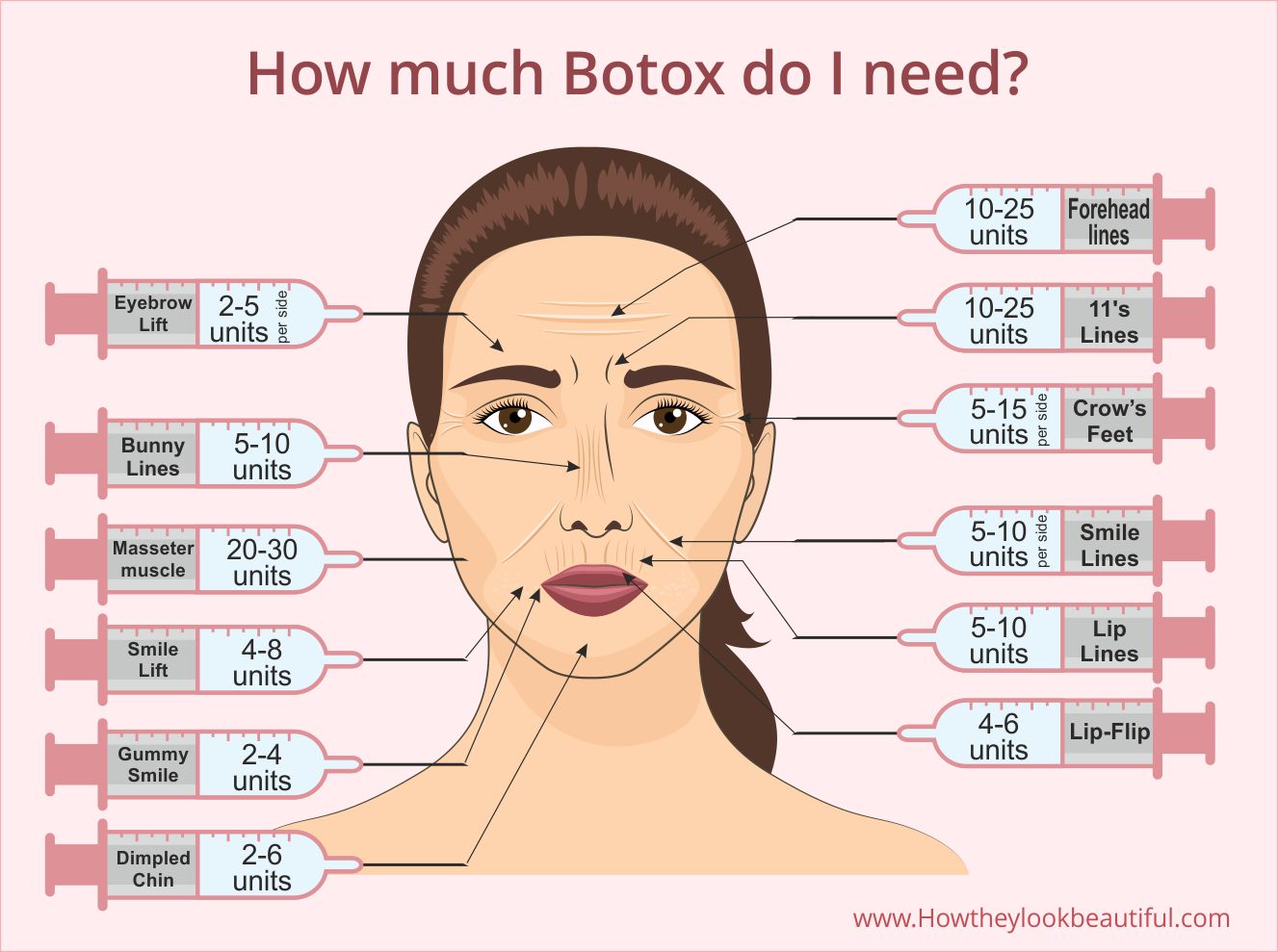
Is Botox Worth the Money?
Botox injections have become more popular in recent years, as people seek to reduce wrinkles and frown lines. But is botox really worth the money? Many people say yes, citing the reduced appearance of wrinkles and lines. There are many factors that can influence the decision of whether or not botox is worth the money, including cost, benefits, side effects, and injection location.
Botox does not lead to a permanent cure for fine lines and wrinkles, nor does it boast of being able to do so. The actual results have limitations and typically wear off between four to six months. Nevertheless, in the majority of instances, regular touch-up injections are necessary to keep your skin looking its best – at least 3-4 times a year.
Can You Stop Botox Once You Start?
Yes – If you stop BOTOX treatments after many years of consistent use, the only effect will be that your wrinkles will gradually start to reappear, although they will be less prominent than they had been if you had not been using BOTOX. A study of twins found that long-term BOTOX use led to fewer and less severe wrinkles and slowed down the aging process.
At What Age Should You Get Botox?
According to expert dermatologists, when expression lines first become apparent, you should start working on mitigating them. When one begins to smile or frown, lines usually appear during expression. They disappear when the face becomes relaxed, but when they stick around also at rest and you notice that lines may start to stabilize, that’s the best time to start receiving Botox treatment. In some people, this begins in the mid-twenties, while in others it could be after 30. It is uncommon for anyone to inject Botox under the age of 25.
Preventative Botox Treatment
Preventative Botox treatment around the mouth may start in the early twenties to avoid getting fine lines and wrinkles. A lot of people in their mid-twenties start Botox as a preventative measure who have an expressive face and lines. Expression lines get deeper and deeper with age. But avoid too much, too fast – that will age you soon. Too much Botox will make your facial muscles weaker and flatter.
The most requested areas for botox are forehead lines, crow’s feet, around the nose, and the angry 11s between your eyes (glabella). A lot of these wrinkles are hereditary, and you may see them even at a young age. These wrinkles are seen in people who are very expressive with their faces. But keep in mind – Botox is not recommended for anyone under 18.
Does Botox Work on 70 Year Olds?
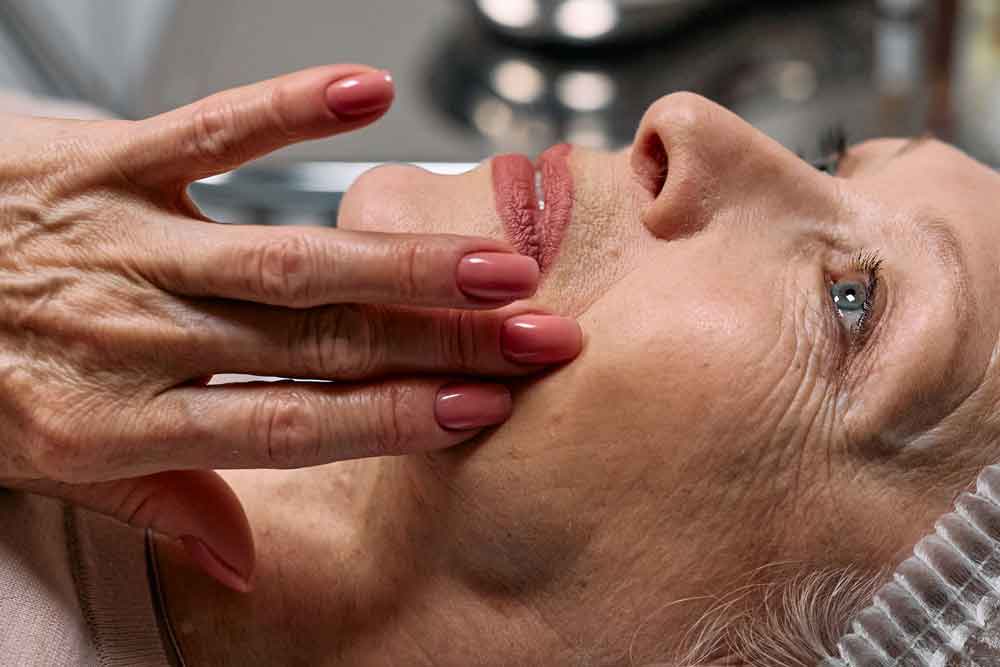
There is limited evidence on whether it is effective in treating wrinkles in older adults above 65. Studies have shown that Botox may be effective in treating crow’s feet (wrinkles around eyes corners) in older people, but there is no evidence on whether it is effective in treating other types of wrinkles. Some 70-year-olds are trying Botox to see if it can help them look younger but may not be as effective as it is for younger individuals.
Frequently Asked Questions
Botox injections cause limited discomfort since it uses micro-needles to inject Botox with low levels. Even so, a topical anesthetic (a numbing agent) is applied to succeed in the pain relief process. You may also apply cold packs after the procedure for 10-20 minutes to achieve the same numbing effect.
Yes – your jawline will go back to normal after Masseter Botox treatment as the BOTOX effects wear off then. This usually takes from three to four months, but may vary according to the patient’s response to BOTOX injections are different for each patient.
The frequency of your botox injections depends primarily on your age, your degree of wrinkles, and how long the treatment normally lasts for you. Botox typically works for about 4 months before the wrinkles start resurfacing. So 3 to 4 times a year of Botox treatment should be sufficient for you.
Injections with Botox can have side effects similar to those of the flu, such as muscle weakness, headache, and facial pain, nausea, etc. It may cause eyelid droop that may lead to double vision and, as a result of continued use, the side effects will decrease. However, Botox injections are FDA-approved.
When getting botox around the mouth, patients can expect some downtime – usually around 24 hours. This is because the injection site is close to the lips, which can be easily irritated. Patients should expect to see some redness and swelling at the injection site, but this should resolve within a few hours. Ice can be applied to help reduce swelling. Make sure to avoid rubbing or touching the injection site so as not to disturb the area.
The cost of Botox treatment will roughly depend on the number of units and areas treated. It typically costs between $10 and $30 for every unit and the average treatment will require around 30-40 units of Botox, so that will cost you an average of around $500 to $900.
Botox freezes muscles to relieve lines and wrinkles due to facial expressions. These are typically seen in the upper face, including the forehead lines and eyes. Dermal fillers give volume to plump areas. These include wrinkles around the mouth, thin lips, and cheeks that have lost fullness. Dermal fillers can also be used to fill in forehead wrinkles, scars, and other areas that need volume for a more youthful appearance. Botox is more preventive than curative. Any line present at rest, whether it is an etched smile line or a deep wrinkle, is not going to go away with Botox.
Some people worry about what will happen when the Botox effect wears off. Will it cause me to look older?
From a medical perspective, anyone who is treated with Botox will see his or her face return to its previous appearance after several months. The Botox will stop working as soon as the effects of the treatment wear off, and your face will retain its wrinkles. They will, however, not grow in severity. Don’t worry!
FDA approved Botox as a category C drug during pregnancy. This means there are no satisfactory studies on pregnant women. Though a study conducted shows no harm to fetuses in a majority of patients in multiple case reports, it suggests consent forms should list pregnancy as a contraindication. So it’s better to avoid Botox during pregnancy.
If you’re not happy with your Botox results, there is nothing you can do to accelerate the process of wearing off the Botox effect. To the best of my knowledge, steps like exercise, massage, or applying heat to the area cannot help botox to wear off faster. These claims, made on some beauty blogs don’t have any medical evidence. In fact, massaging the area can make Botox migrate to another area leaving undesired results. So it is better to avoid it.
Avoid rubbing or massaging the area where the Botox was injected for at least 12 hours after treatment. This will help prevent Botox from migrating to other muscles. Reduce your stress levels. Increased stress in the body negatively affects Botox results. Avoid exposing the treated area to extreme heat or cold for at least 24 hours. And lastly, drink plenty of water and avoid alcoholic beverages for the first 48 hours following your treatment. By following these simple tips, you can help extend the life of your Botox injections and enjoy results that last longer.
Conclusion
Botox can help to improve the appearance of your face by removing wrinkles around the mouth and lips when used correctly. A quick and easy procedure that can be done in a matter of minutes, Botox is a great way to get rid of wrinkles around your mouth. The results are satisfactory and you will see a noticeable difference in the appearance of your face. If you are considering Botox around the mouth, be sure to consult with a qualified dermatologist to make sure you are getting the best treatment possible.
References:
- Freeman-Sheldon syndrome – National Library of Medicine
- Complications Following Self-Administration of Hyaluronic Acid Fillers: Literature Review – Raffaele Rauso, Giovanni Francesco Nicoletti, Nicola Zerbinati, Giorgio Lo Giudice, Romolo Fragola, and Gianpaolo Tartaro
- Botulinum toxin (Botox) A for reducing the appearance of facial wrinkles: a literature review of clinical use and pharmacological aspect

Hi, I’m Annie,
What drives me is the ability to empower women by cultivating the self-confidence in their inner beauty, enhancing their self-image, and showing them that overall beauty needn’t be either difficult or costly and that they can seamlessly mould their style to suit their everyday needs, without having to make an either / or choice. I’m constantly surprised at every transformation and it drives me on to the next. My knowledge is enhanced by 18 years of hands-on experience, and learning from every new assignment.
When I’m not writing beauty advice for my blog, I’m consulting on make-up, hair, diet and style. Or I’m just kicking back my heels cuddling with my fat Lab, Coco.
